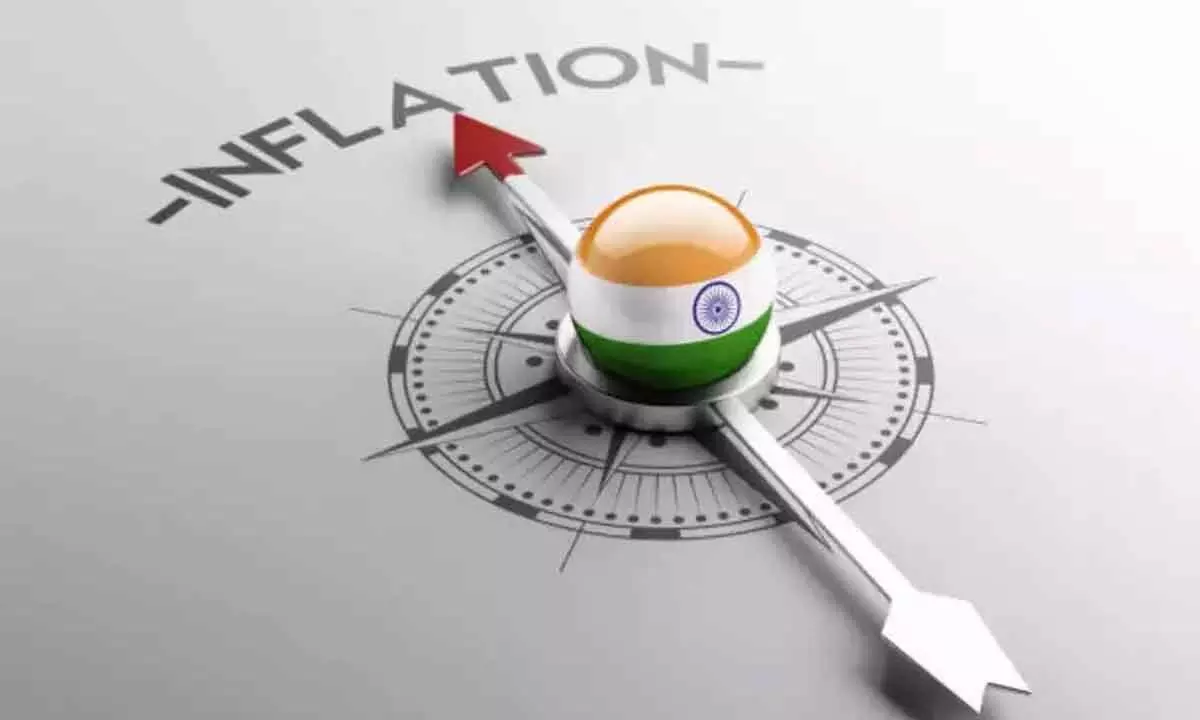Comfort zone beckons as core inflation keeps sliding
image for illustrative purpose

It must be music for the ears of people of the country that the core inflation is likely to fall further in the year ahead. The CPI inflation moderating to a near 16-month low of 5.66 per cent is a tell-tale. The March core inflation (excluding food and fuel) moderated sharply 38 bps to 5.74 per cent from 6.12 per cent in February (0.26 per cent MoM from 0.41 per cent in February). Personal care and effects rose the most by 8.3 per cent, led by gold prices, followed by clothing and footwear at 8.2 per cent, though both are moderated from February levels. Rural and urban core inflation, while elevated, moderated to 6.2 per cent and 5.8 per cent, respectively (from 6.7 per cent and 6.0 per cent in February). Kotak has revised its FY24E core inflation estimate to 5.2 per cent from 5.5 per cent.
After five consecutive quarters of above-6 per cent average inflation, analysts expect inflation in the subsequent quarters to remain under six per cent, aided by favourable base effects. However, food inflation risks are skewed to the upside from adverse weather events, even as IMD has projected normal rainfall in June-September. Upside risks from imported inflation remain, amid a tight oil market and risk-off from global financial market turmoil. Given the trend, one can expect the FY24E average CPI inflation at 5.4 per cent from the earlier 5.5 per cent. Against this backdrop, CPI inflation is projected at 5.2 per cent for FY24, with Q1 at 5.1 per cent, Q2 at 5.2 per cent, Q3 at 5.3 per cent, and Q4 at 5 per cent.
The pause on rate by MPC is a clear-cut indication that RBI has exited from the chakravyuh of Fed, sidestepping to create own rate pivot as Ecowrap had postulated sometime back, for making a meaningful breakthrough, in particular when seen through the larger prism of other central banks’ moves to distance themselves from the ‘follow the herd’ mentality. Interestingly, 90 out of 147 economies held their central bank rates, leaving the nine countries with rate hike and those of 48 countries falling. Examining the nature of relationship between Core CPI and Repo Rate, one finds that Core CPI remained sticky in the period before rate hike period. At five per cent, the US CPI continues to be above the Fed’s target of two per cent and the impact of the outlook on US interest rates will have bearing on both domestic gilts and RBI posturing too.
The sequential decline in the CPI inflation in March was broad-based across the major sub-indices, as per Icra, with only housing reporting an uptick. By the time the MPC meets in June, the monsoon rains would be underway, giving a little more clarity into the likely outcome for H1.

